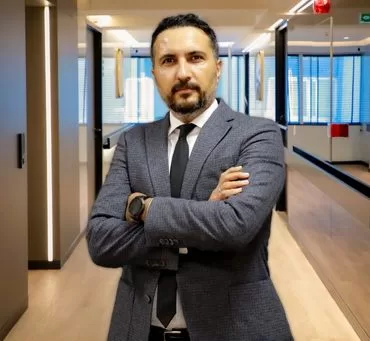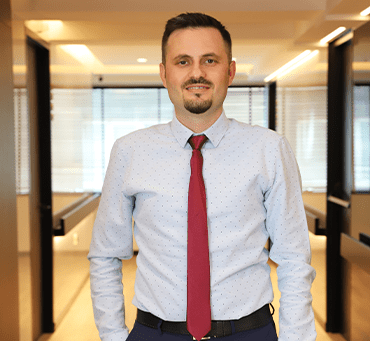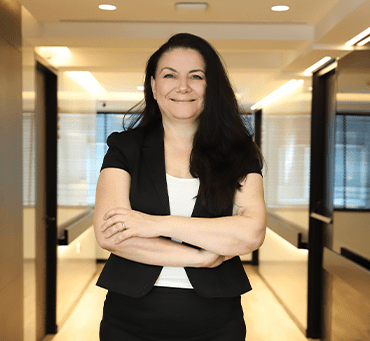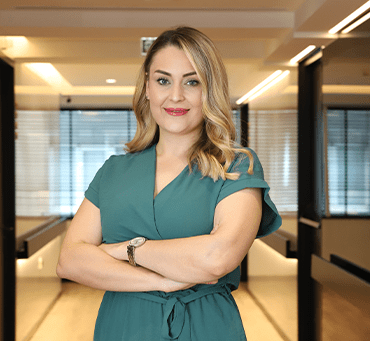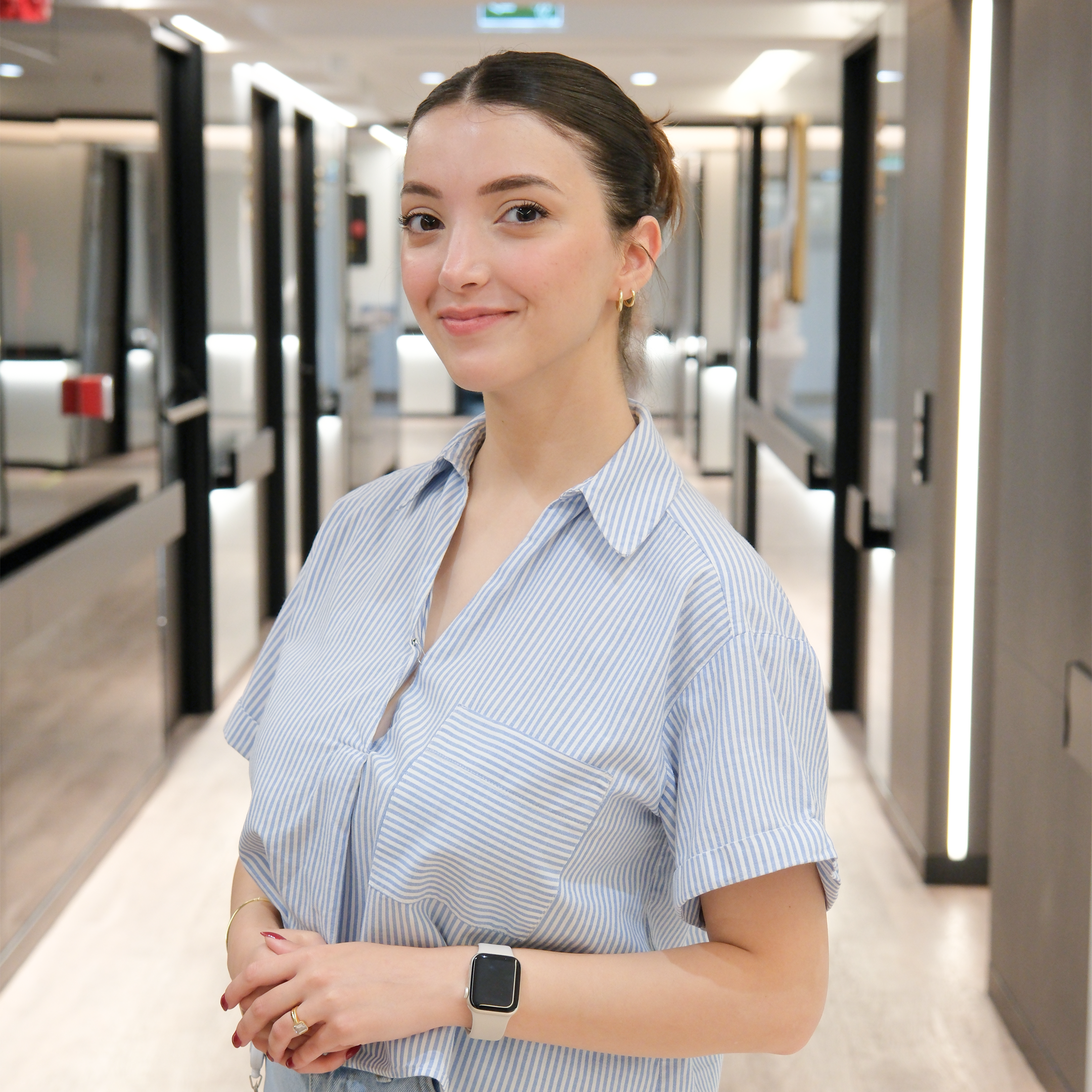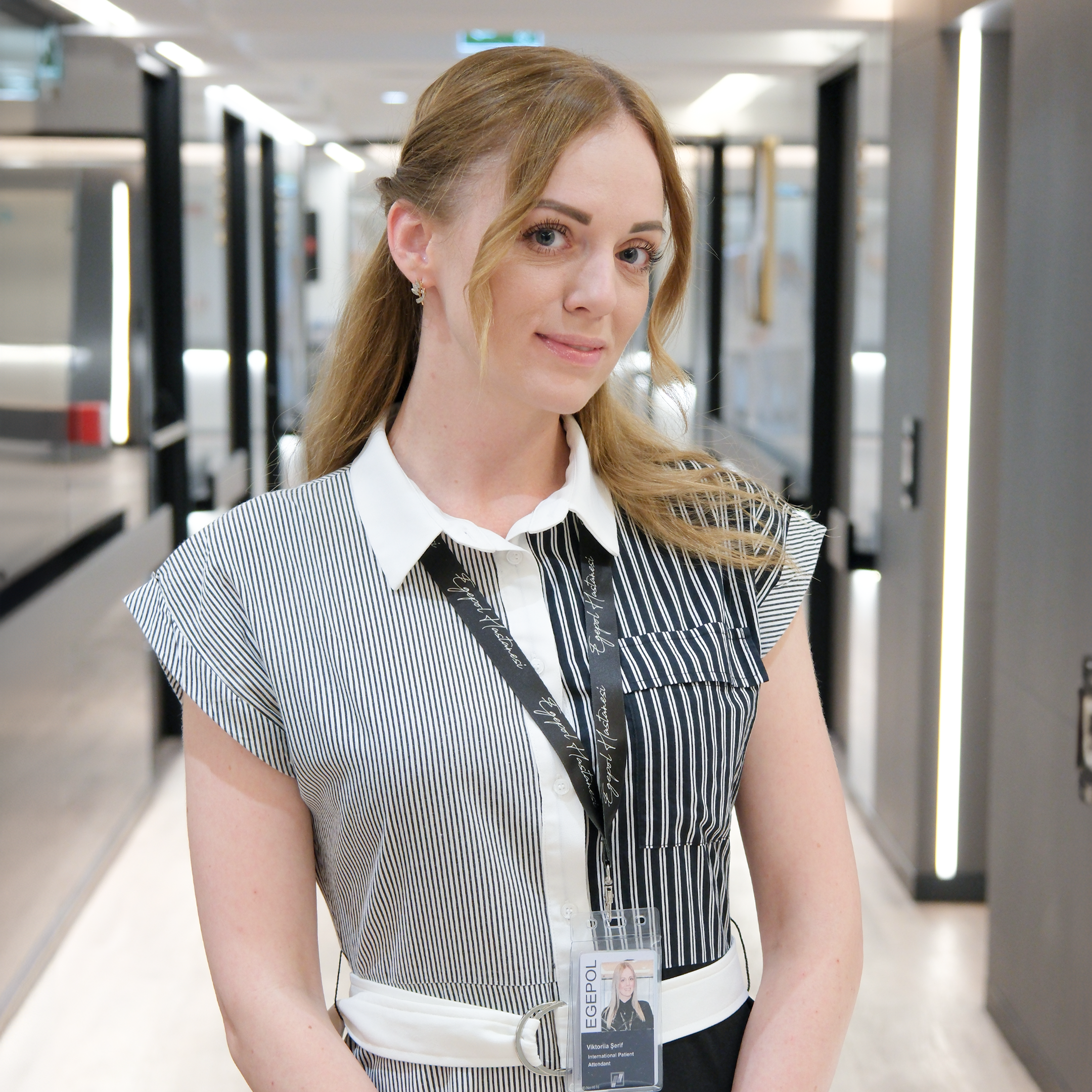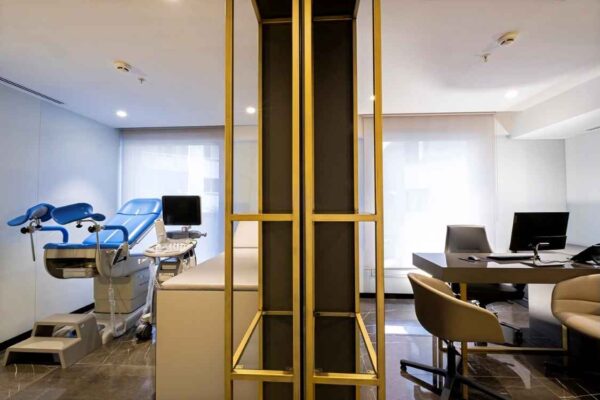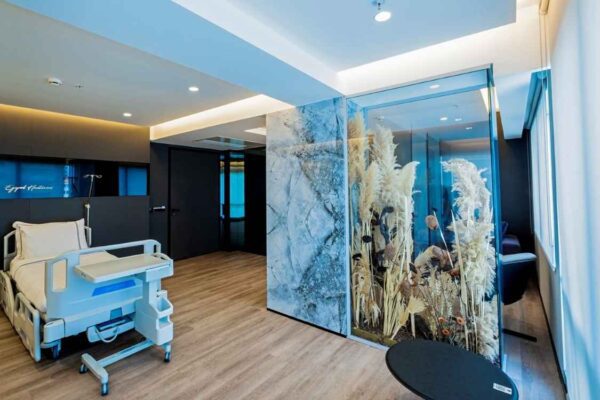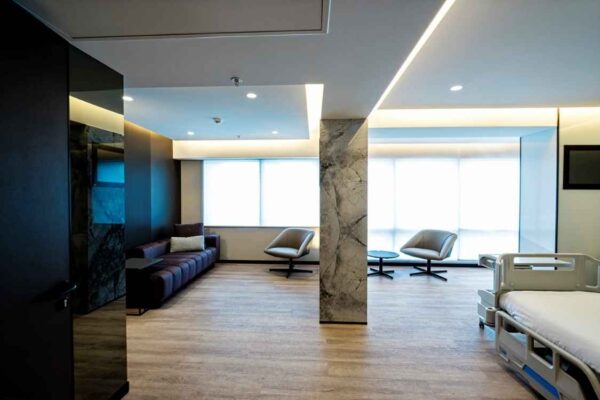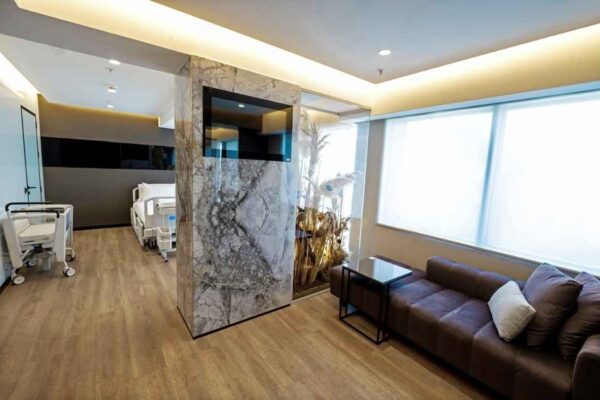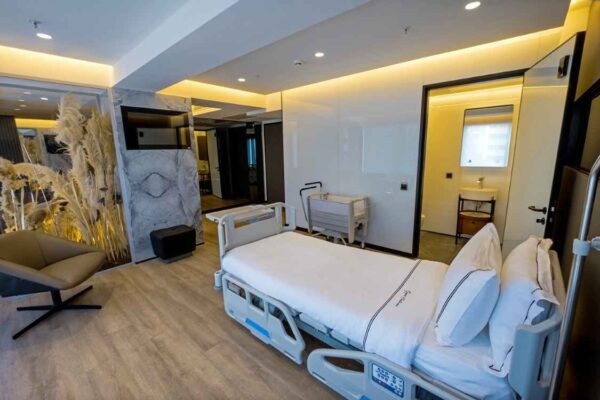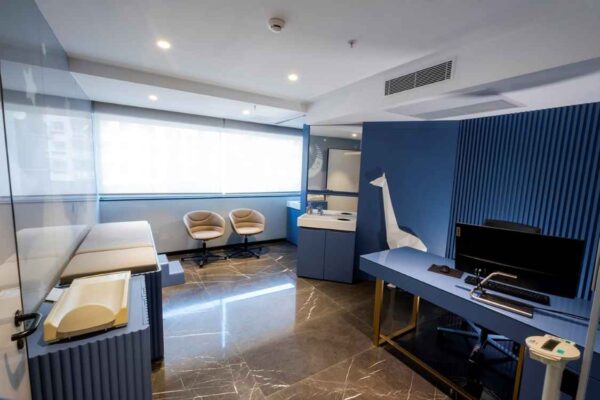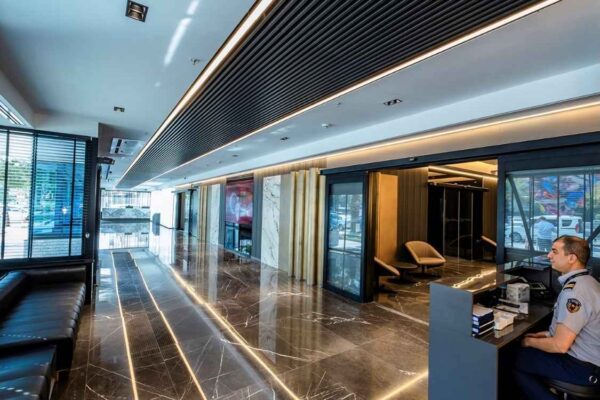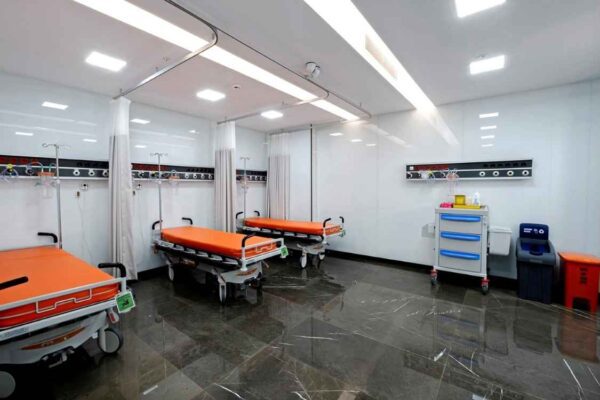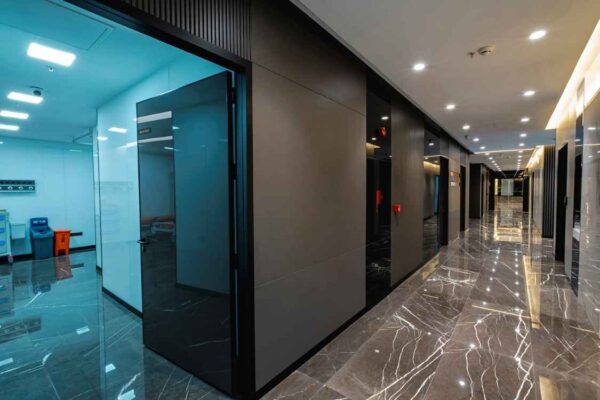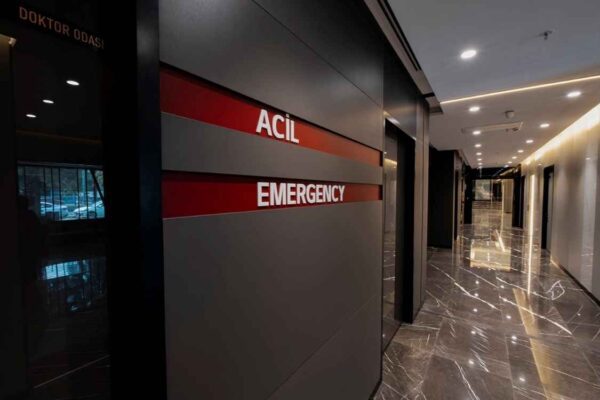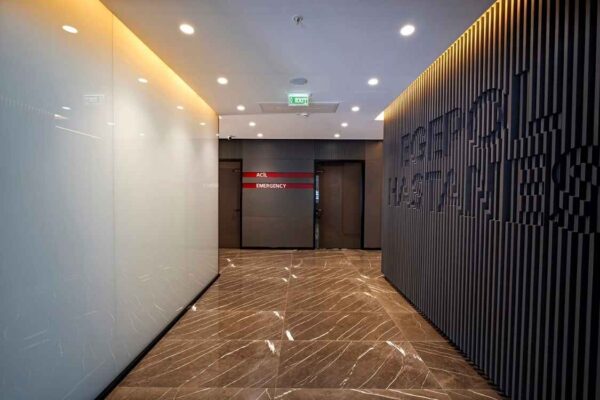Using the body’s own resources to enhance and revitalize particular areas, fat transfer, sometimes referred to as autologous fat grafting, is a cutting-edge cosmetic surgery. To restore volume, shape, and rejuvenation, the procedure involves the exact transfer of the patient’s own fat cells from one location to another.
Fat harvesting, the first stage of fat transfer, involves delicately removing extra fat from donor sites using liposuction methods. Since they frequently contain significant fat deposits, the abdomen, thighs, and flanks are frequently used as donor sites. This procedure enables the extraction of enough fat to efficiently target the desired locations.
Following collection, the fat goes through a careful purification and processing stage. A concentrated and viable fat tissue is left behind after the removal of contaminants, blood, and fluids, which is an essential step in obtaining high-quality fat cells.
The processed fat is then expertly injected into the targeted locations to produce the desired aesthetic improvement. To guarantee a uniform distribution of fat and outcomes that perfectly merge with the surrounding tissues, the surgeon uses specific procedures.
How is Fat Transfer Performed?
Depending on the amount of the therapy and the patient’s wishes, fat transfer is frequently performed as an outpatient procedure under local anesthetic with sedation or general anesthesia. The following steps are involved in the surgical procedure:
- Anesthesia: To ensure the patient’s comfort throughout the procedure, the surgeon gives anaesthetic.
- Fat Harvesting: Liposuction is utilized to remove surplus fat from the donor areas, which are usually the flanks, thighs, or belly. To protect the integrity of the fat cells, the fat is carefully aspirated and collected using specialized cannulas.
- Fat Processing: A concentrated amount of healthy fat cells are left after the extracted fat has been cleaned of contaminants, blood, and other fluids.
- Fat Injection: Using tiny cannulas, processed fat is delicately injected into the desired locations. The surgeon uses precision techniques to get outcomes that are evenly distributed and appear natural.
- Incision Closure: After the fat transfer is finished, any incisions made for fat harvesting are stitched up, taped shut, or allowed to mend on their own.
- Recovery: Following surgery, patients are constantly watched, and detailed post-operative care instructions are given. After fat transfer, swelling and bruising are frequent, and patients may need to wear compression clothing to lessen swelling and aid in the healing process.
What Should Be Considered After Fat Transfer?
Patients should adhere to post-operative care guidelines to guarantee a speedy recovery and enhance the effectiveness of the fat transfer surgery. Among the most crucial factors are:
- Swelling and Bruising: After a fat transfer, swelling and bruising are common side effects that will eventually go away. Patients should refrain from strenuous activities that can aggravate edema and let their bodies heal naturally.
- Compression Garments: Patients may be advised to wear compression garments, depending on the areas treated, to lessen edema and support the newly transferred fat.
- Follow-up Appointments: Regular follow-up consultations with the surgeon are essential to track the healing process, evaluate the outcomes, and address any issues or queries that may come up.
- Avoiding Sun Exposure: During the first stage of recovery, patients should steer clear of prolonged sun exposure on the treated areas. Sunscreen and protective gear can protect the skin and prolong the effectiveness of fat transfer procedures.
FAQs
Depending on the clinic or surgeon, different fat transfer surgery payment alternatives may be available in Turkey. Numerous respectable clinics provide a variety of payment choices, including cash payments, bank transfers, and credit card payments. During their initial visit, patients are recommended to ask about the accepted payment methods and any accessible financing options.
In general, insurance does not pay fat transfer because it is regarded as an elective cosmetic operation. Insurance policies often cover procedures carried out for aesthetic reasons but do not cover those that are medically required.
Due to a number of circumstances, fat transfer may be less expensive in Turkey than in some other nations. Turkey’s lower cost of living and lower operational costs for healthcare facilities help to minimize overall patient costs. The Turkish cosmetic surgery business is highly competitive, which could result in more affordable prices.
To help patients pay for fat transfer, some Turkish clinics or medical tourism organizations may provide financing solutions. This could take the shape of finance arrangements, medical loans, or payment plans. Prospective patients should ask their preferred clinic about the terms and circumstances of any available funding alternatives.
In Turkey, there is typically no set upper age limit for fat transfer procedures. Candidates for the operation should, however, be in generally good condition and have reasonable expectations for the results. A complete assessment by the surgeon results in a case-by-case determination of whether surgery is appropriate.
Fat transfer presents possible risks and problems, just like any surgical surgery. However, problems are comparatively uncommon when carried out by a board-certified and skilled plastic surgeon. By carefully following pre- and post-operative instructions and selecting a respected and experienced surgeon, patients can lower the likelihood of unfavorable results.
Although fat transfer is often safe, any surgical technique has possible dangers. Infection, hemorrhage, fat necrosis (cell death of transplanted fat), and asymmetry are a few of the potential side effects. Before making a decision, patients must have a full discussion with their physician about the procedure’s advantages and disadvantages.
Our Team
Our Hospital
Atilla, Halide Edip Adıvar St.
No:57, 35270 Konak/İzmir




